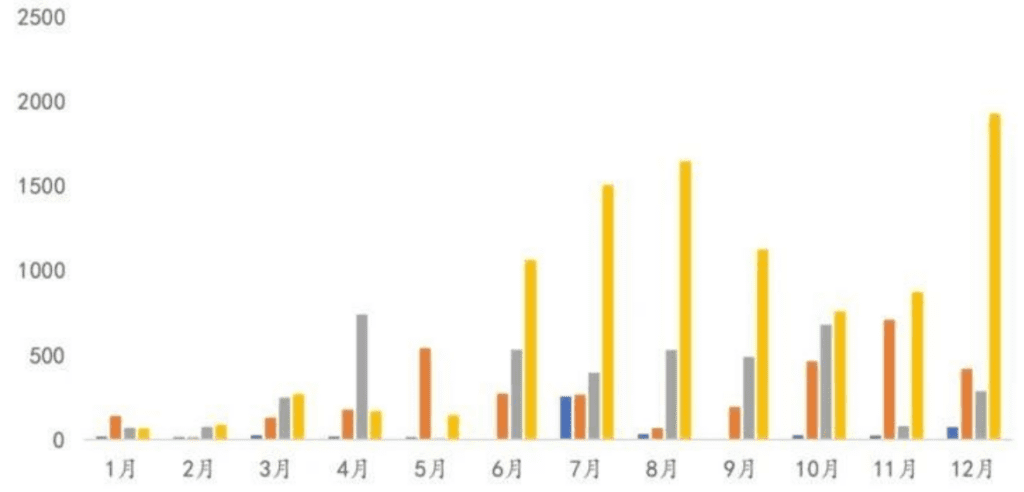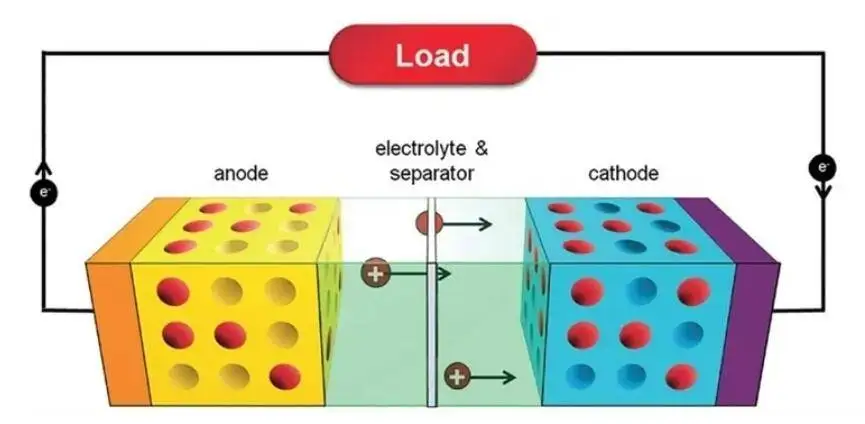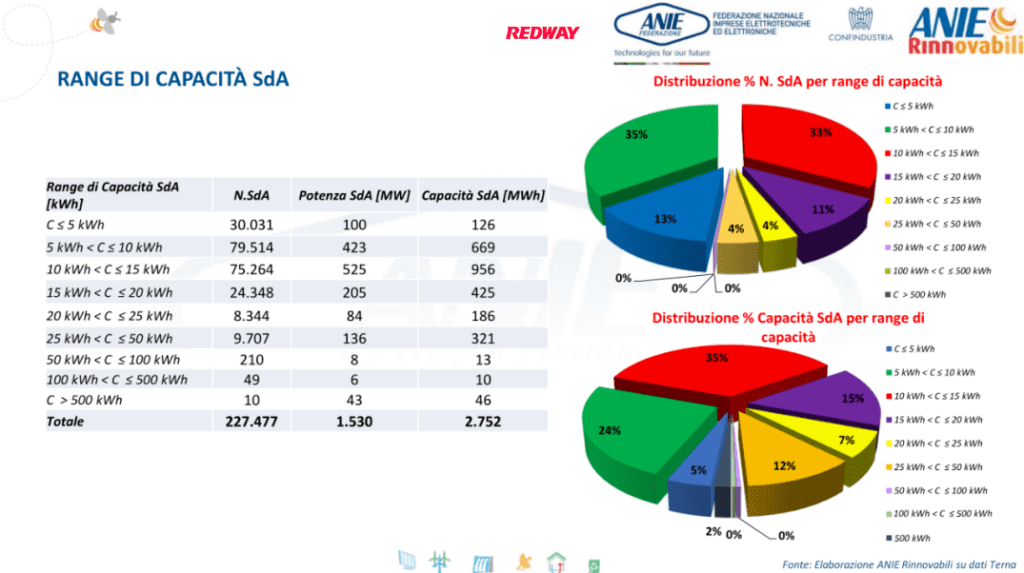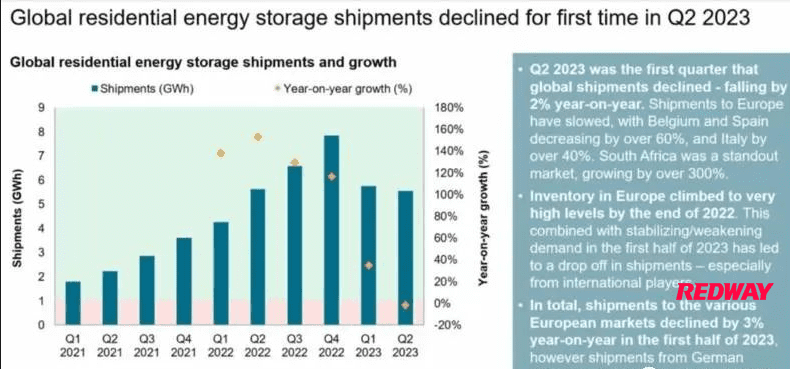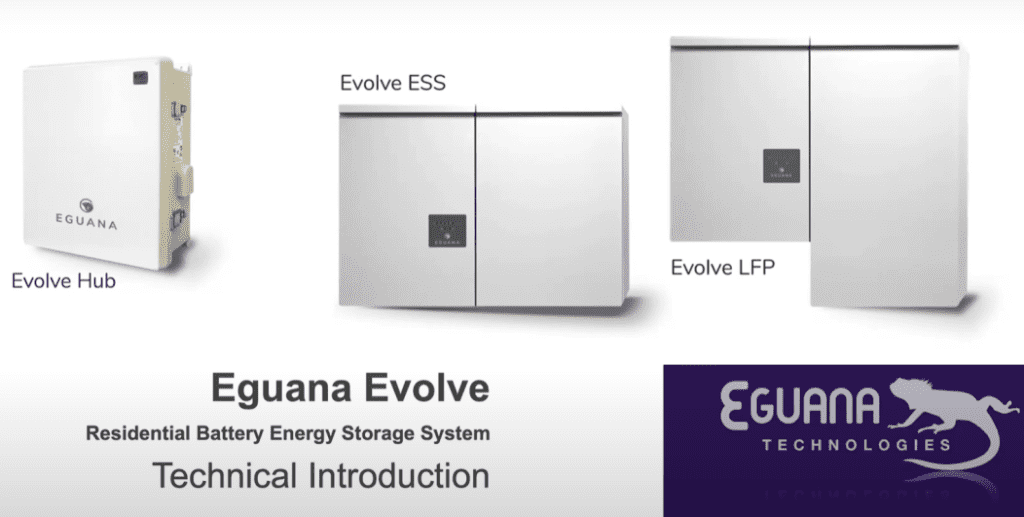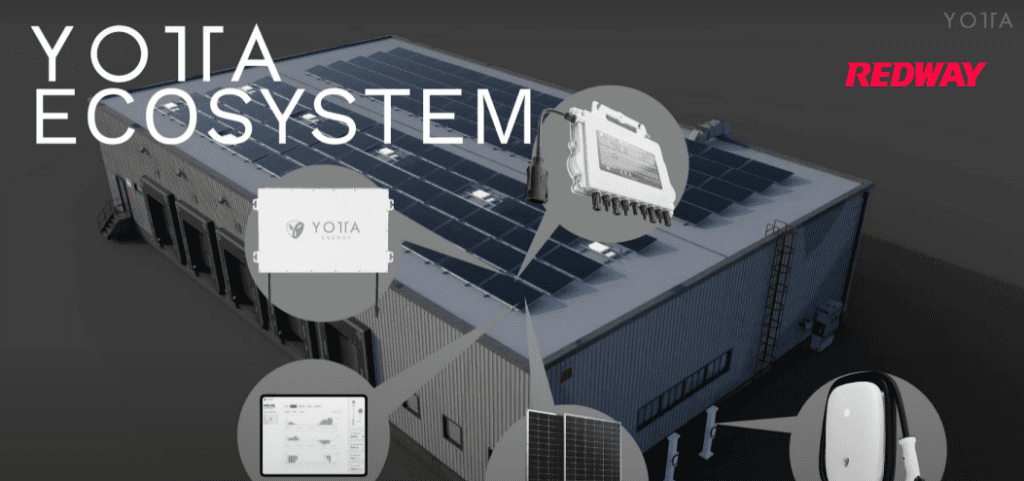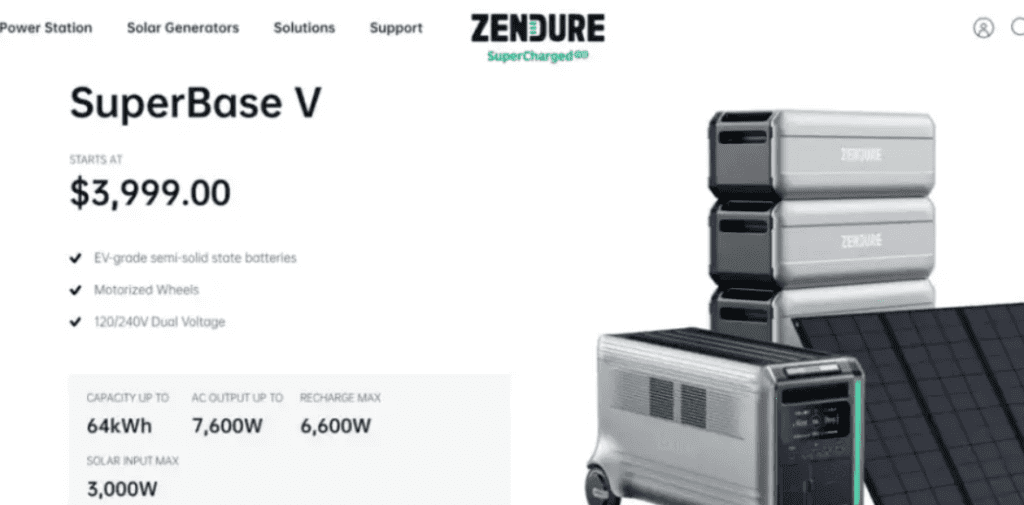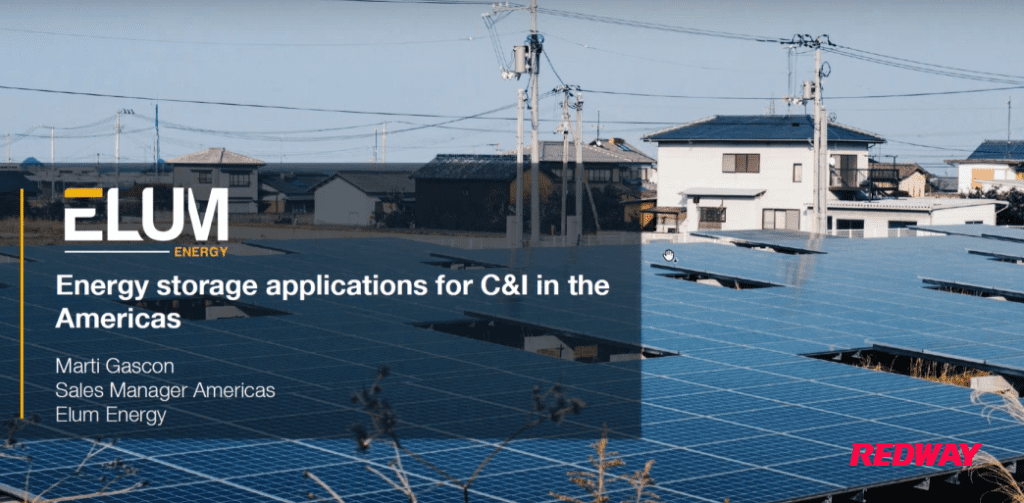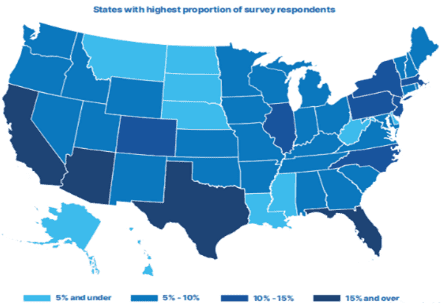The energy storage market in the USA is experiencing unprecedented growth, with total installations expected to reach approximately 12.8 GW/36.9 GWh by the end of 2024. This surge is driven by increasing demand for renewable energy and advancements in battery technology, positioning energy storage as a critical component of a resilient power grid.
How has the energy storage market in the USA grown in 2024?
In 2024, the U.S. energy storage market has seen remarkable growth, with total installations reaching approximately 12.8 GW and 36.9 GWh expected by year-end. This represents a 42% increase compared to previous years, reflecting a robust demand for more resilient and flexible power solutions as renewable energy sources expand. The grid-scale segment has been particularly influential, accounting for nearly 11 GW of this capacity.Chart: U.S. Energy Storage Installations (2020-2024)
| Year | Total Installed Capacity (GW) |
|---|---|
| 2020 | 8.0 |
| 2021 | 10.5 |
| 2022 | 11.5 |
| 2023 | 9.0 |
| 2024 | 12.8 |
What are the key drivers behind the growth of energy storage installations?
The primary drivers behind this growth include:
- Increased Renewable Energy Deployment: The integration of solar and wind power necessitates efficient energy storage solutions to manage supply and demand fluctuations.
- Technological Advancements: Innovations in battery technology have improved efficiency and reduced costs, making energy storage systems more accessible.
- Policy Support: Federal and state incentives aimed at promoting clean energy technologies have bolstered investments in energy storage projects.
Chart: Key Drivers of Energy Storage Growth
| Driver | Impact Level |
|---|---|
| Renewable Energy Deployment | High |
| Technological Advancements | High |
| Policy Support | Medium |
Which states are leading in energy storage capacity additions?
California continues to dominate the energy storage landscape, accounting for approximately 46% of total installed capacity with significant contributions from Texas and Arizona as well. In Q2 2024 alone, California added over 5,397 MWh, followed by Texas with 1,033 MWh and Arizona with 2,240 MWh.
Why are there challenges facing the energy storage sector?
Despite impressive growth, several challenges persist:
- Interconnection Delays: Lengthy interconnection queues can slow down project deployment.
- Regulatory Hurdles: Complex permitting processes can hinder timely installations.
- Market Incentives: The need for more financial value streams for certain segments remains a barrier to expansion.
What does the future hold for energy storage in the USA?
Looking ahead, industry forecasts suggest sustained growth with an average annual increase of 7.6% from 2025 to 2028. The grid-scale segment is projected to continue its upward trajectory, while distributed generation systems will also see significant capacity additions.Chart: Future Projections for U.S. Energy Storage
| Year | Projected Capacity (GW) |
|---|---|
| 2025 | 13 |
| 2026 | 14 |
| 2027 | 15 |
| 2028 | 16 |
Latest News
The U.S. energy storage sector marked a significant milestone in Q2 2024 with a total installation capacity reaching 3,011 MW/10,492 MWh, representing a 74% increase year-over-year. California remains at the forefront, contributing substantially to these figures alongside Texas and Arizona. Despite challenges such as project delays and regulatory hurdles, experts remain optimistic about future growth driven by technological advancements and supportive policies.
Editor Comment
“Energy storage is not just an ancillary service anymore; it has become essential for a reliable power grid,” says John Hensley from ACP. “As we face increasing demands for clean energy solutions amidst climate change challenges, enhancing our storage capabilities will be crucial for achieving a sustainable future.”
FAQ Section
What is driving growth in U.S. energy storage?
The growth is primarily driven by increased renewable energy deployment, technological advancements in battery systems, and supportive policy measures.Which states are leading in energy storage installations?
California leads significantly, followed by Texas and Arizona, which together account for a large portion of new installations.What challenges does the energy storage industry face?
Key challenges include interconnection delays, regulatory hurdles, and insufficient financial incentives for certain segments.What is the projected future growth of U.S. energy storage?
The market is expected to grow at an average annual rate of 7.6%, with significant contributions from both grid-scale and distributed systems.
